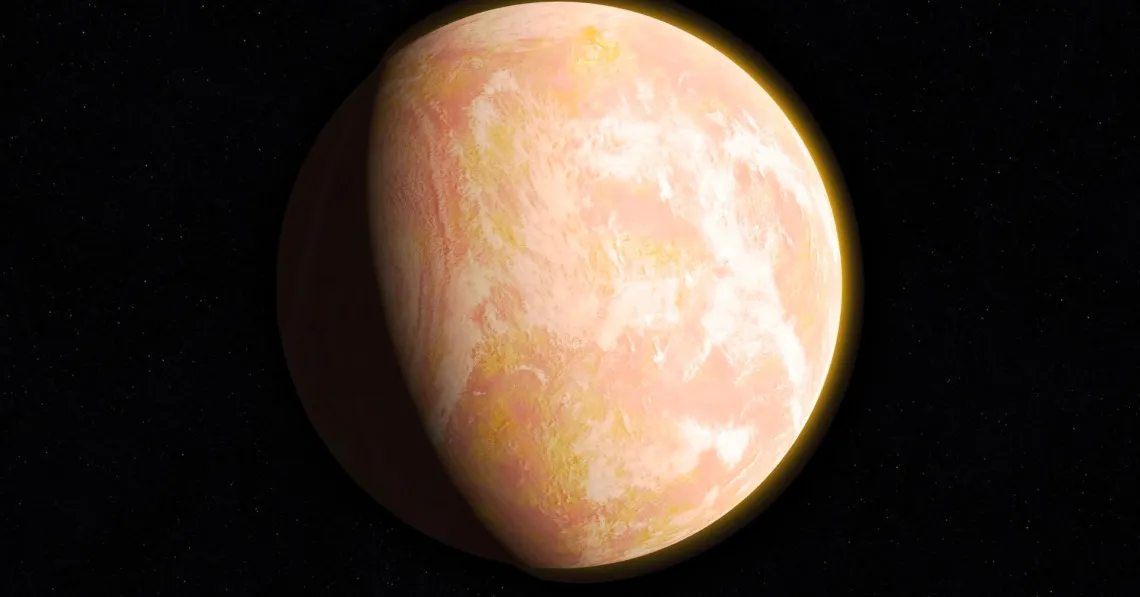Life Might be Easiest to Find on Planets that Match an Earlier Earth

Artist’s impression of the “pale orange dot” - what early Earth would have looked like.
Credit: NASA/Goddard Space Flight Center/Francis Reddy
We’re inching closer and closer to reliably detecting biosignatures on distant planets. Much of the focus is on determining which chemicals indicate life’s presence.
But life can also create free energy in a system, and excess energy can create chemical disequilibrium. That's what happened on Earth when life got going. Could chemical disequilibrium be a biosignature?
When a system has excess energy, it manifests as a chemical equilibrium. Each planet is a system, and life can generate excess energy. So, if we detect chemical equilibrium, are we detecting a biosignature? Are we detecting life? Maybe. Especially if we're looking at an exoplanet very similar to early Earth.
New research tackles this question. The title of the study is "Inferring Chemical Disequilibrium Biosignatures for Proterozoic Earth-Like Exoplanets." The lead author is Amber Young from the Department of Astronomy and Planetary Sciences at Northern Arizona University. The paper can be found on the pre-print server arXiv.
"When attempting to infer if a distant world is inhabited, chemical disequilibrium is a potential indicator of life that has a long history of study in solar system planetary environments," the authors write in their paper.
